Introduction to Chess Piece Movements
Chess is a strategic board game that challenges players to think ahead and outmaneuver their opponent. A crucial aspect of mastering chess is understanding the unique movements and roles of each piece on the chessboard. This guide provides beginners with a comprehensive overview of how each chess piece moves and some strategies for using them effectively.
The Chess Pieces and Their Movements
Each player begins with sixteen pieces: one king, one queen, two rooks, two knights, two bishops, and eight pawns, all moving in distinctive ways on the board. Understanding these movements is fundamental to developing strategy and skill in chess.
The King
The king is the most important piece, and its safety is the game's primary objective. The king moves one square in any direction: horizontally, vertically, or diagonally. However, the king has a special move called castling, performed with a rook, which involves moving two squares towards the rook on the first rank, then moving the rook to the square over which the king crossed. This move is only permissible under specific conditions and is excellent for safeguarding the king and activating the rook.
The Queen
The queen is the most powerful piece on the board due to her range of movement. She can move any number of squares horizontally, vertically, or diagonally. This extensive flexibility makes the queen pivotal in both attacking and defending strategies.
The Rook
Rooks move horizontally or vertically across any number of squares. They are particularly powerful pieces in the endgame and play a vital role in castling. Positioning rooks on open files (vertical lines with no pawns) can control significant portions of the board.
The Bishop
Each player starts with two bishops, each beginning on a square of a different color. A bishop moves diagonally any number of squares. As a result, each bishop will always remain on the same color square throughout the game. Bishops paired together work well since they can control squares of both colors.
The Knight
The knight has a unique L-shaped movement — it moves two squares in one direction horizontally or vertically and then one square perpendicular, or one square in one direction and then two squares perpendicular. Knights can jump over other pieces, which allows them flexibility to control or escape situations that other pieces cannot.
The Pawn
Pawns move differently from other pieces. Normally, a pawn moves forward one square, but on its first move, it has the option to move forward two squares. Pawns capture differently from how they move: they can only capture an opponent's piece by moving one square forward diagonally. Pawns also have a special move called en passant and can be promoted to any other piece (typically the queen) when they reach the opponent’s back row.
Basic Strategies and Tips
Knowing how each piece moves is just the start. Developing strategies for how to use these movements effectively is key to becoming a skilled player.
Control the Center
Controlling the central part of the board allows more mobility for all your pieces and can restrict your opponent’s movements. Centre control enables easier piece deployment and can often lead to a tactical advantage.
Use All Your Pieces
In the opening, aim to develop most of your pieces, especially the knights and bishops. This development offers greater piece activity and prepares for more substantial strategies in the midgame.
Plan Ahead
Think about the purpose of each move. Consider how it can set up future opportunities or defend against potential threats. Always try to anticipate your opponent's moves as well.
Conclusion
Understanding and mastering the movement of each chess piece is essential for any beginner looking to improve their game. By learning how each piece operates and receiving strategic insight on employing them, beginners can set strong foundations for their chess skills and enjoy enhanced gameplay. Remember, practice is key, and over time, managing these chess pieces skillfully will become second nature.
Explore our large collection of luxurious chess sets!


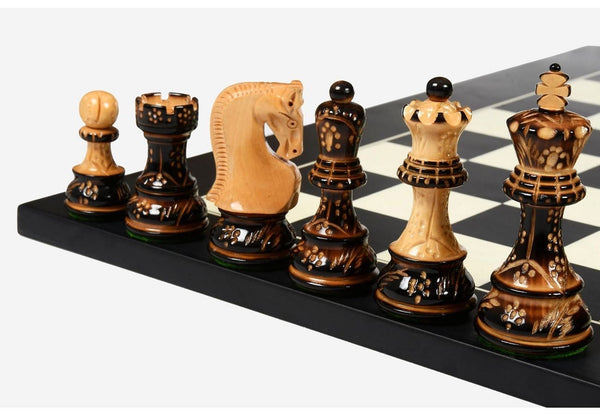
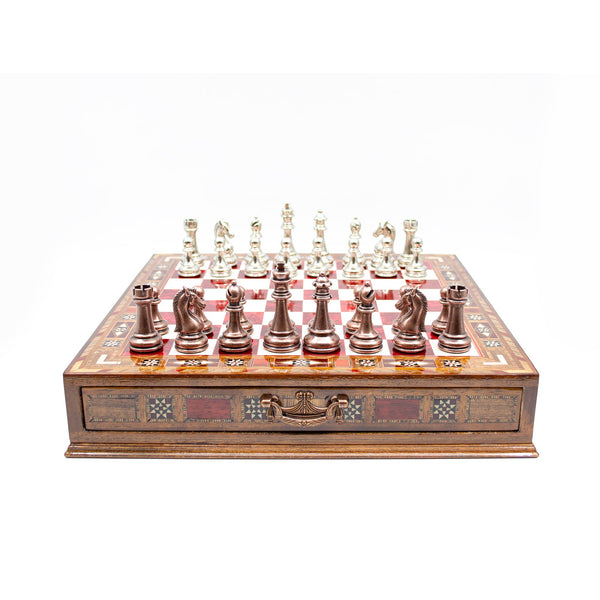
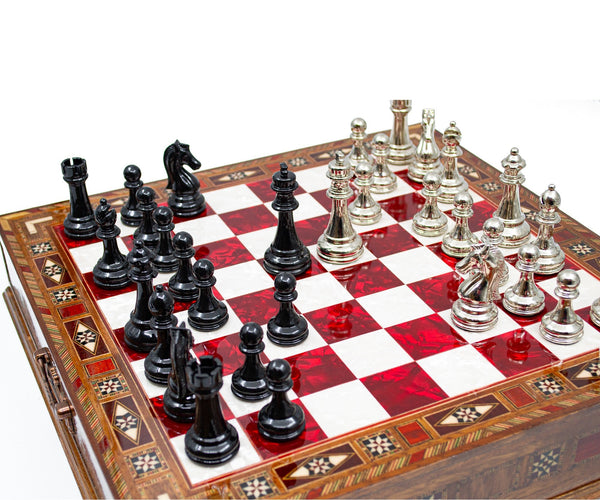
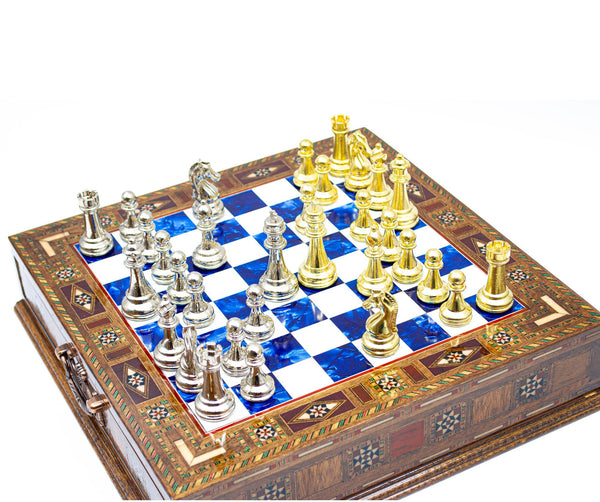
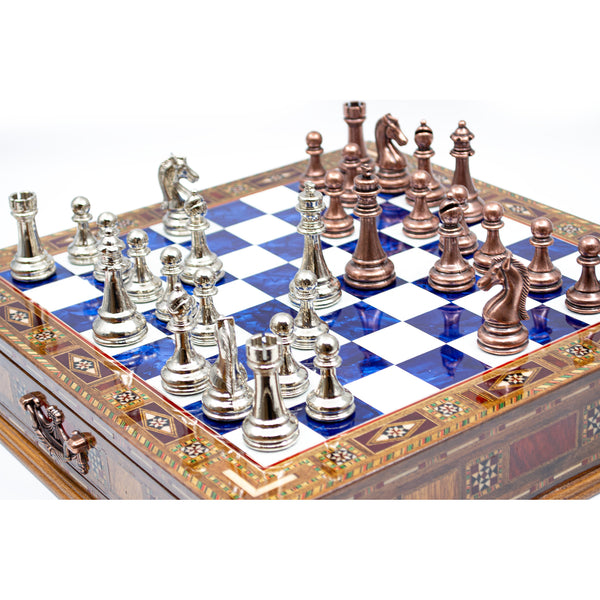
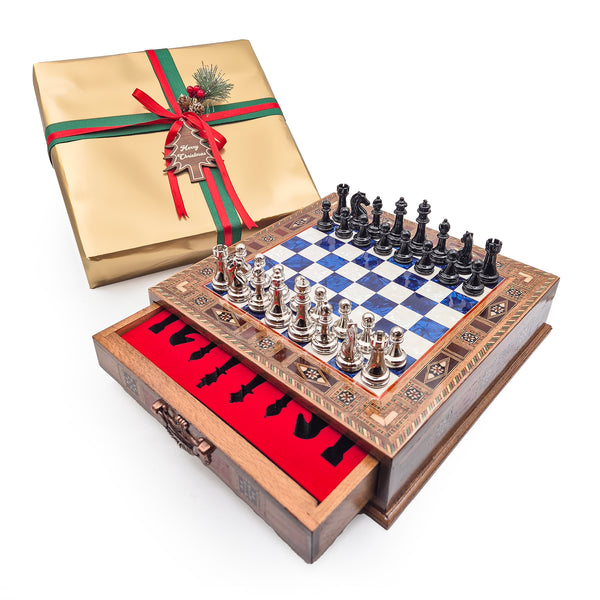







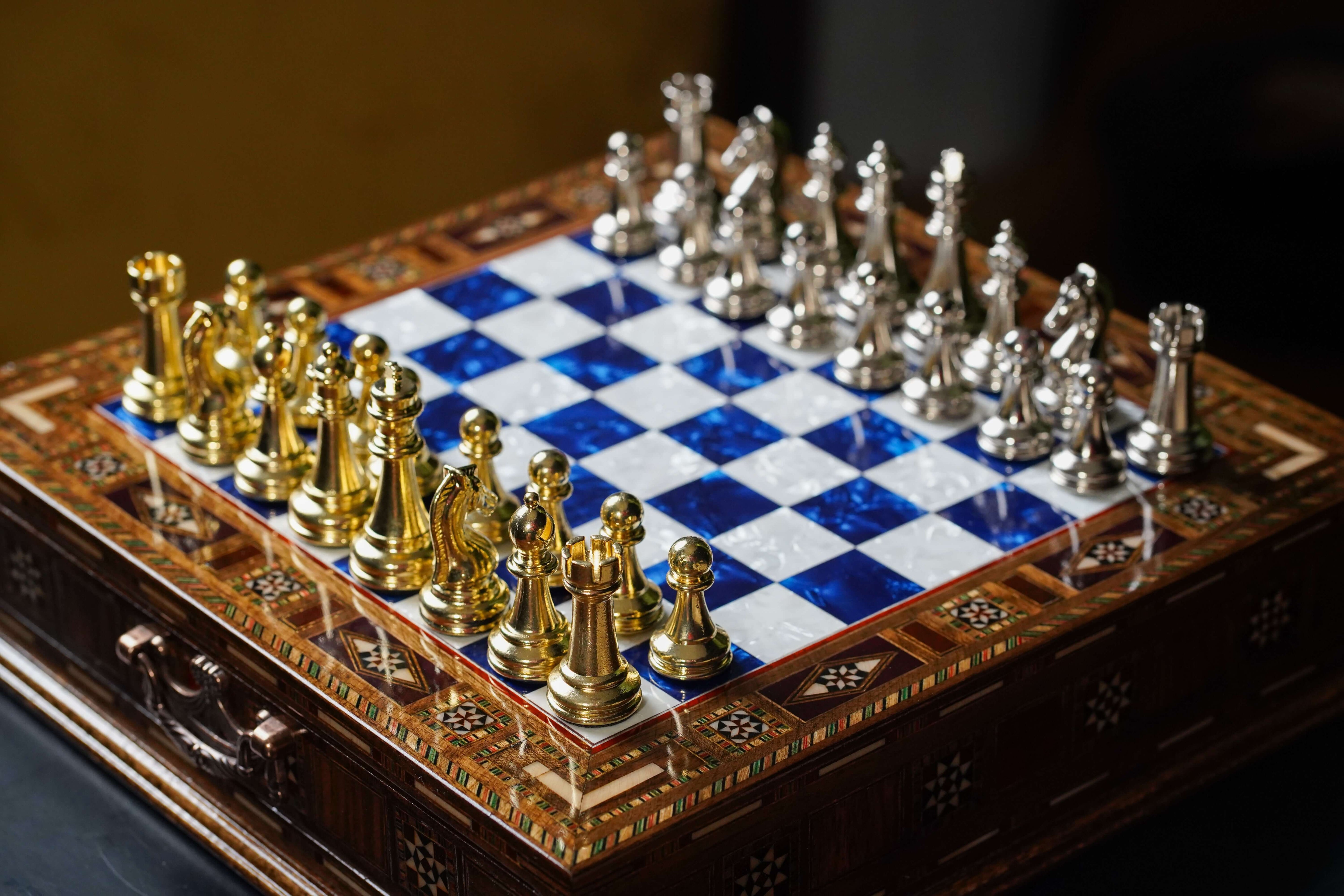
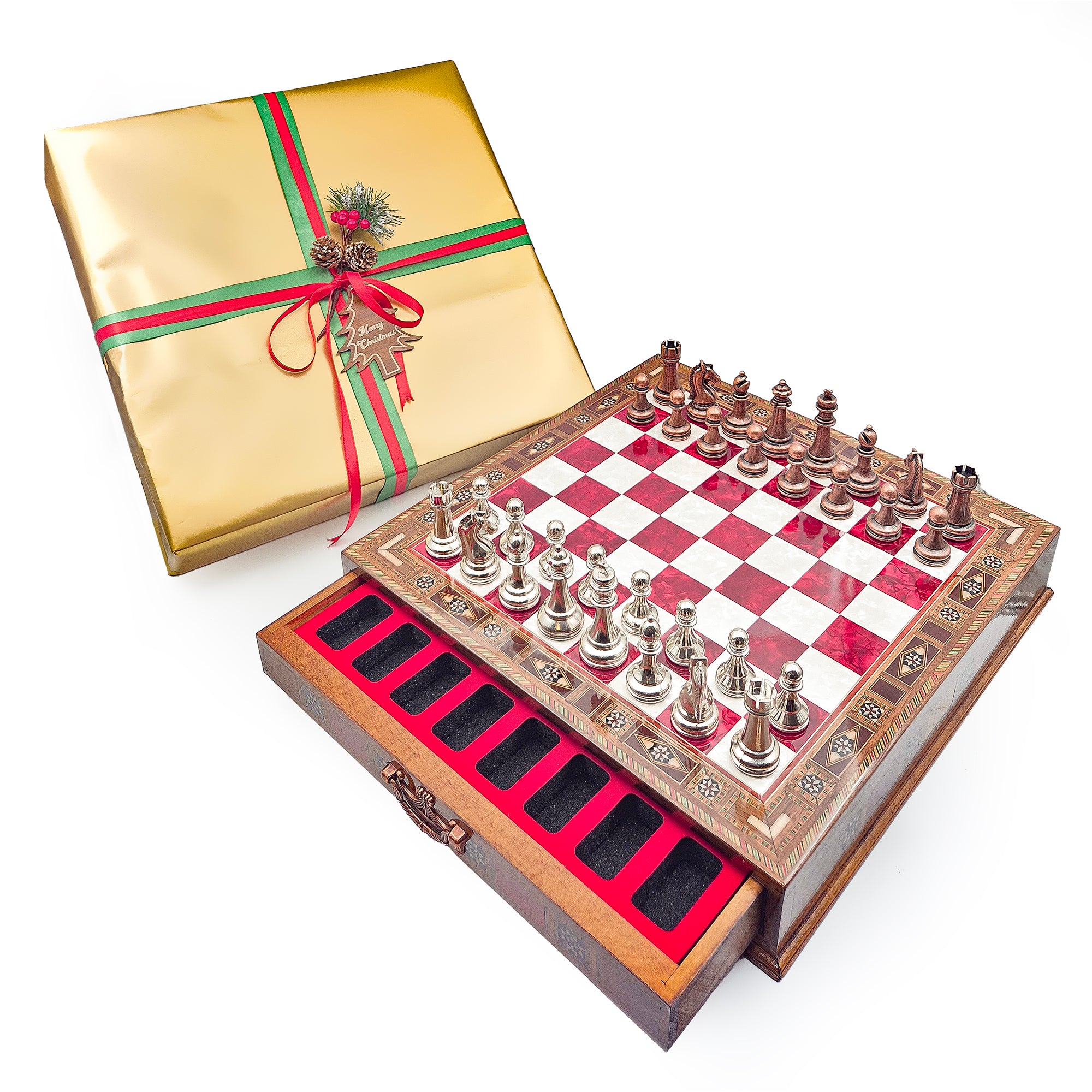
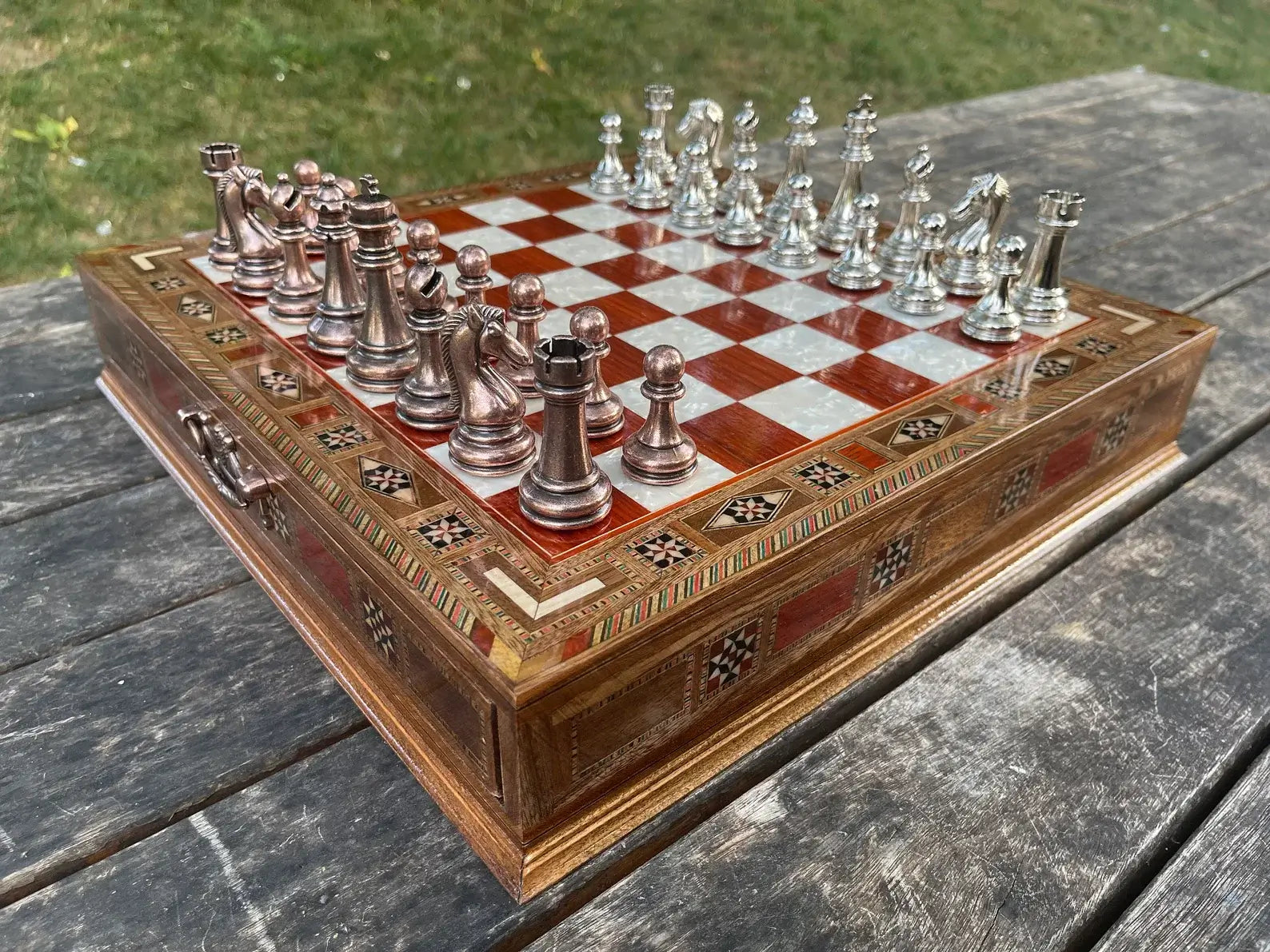
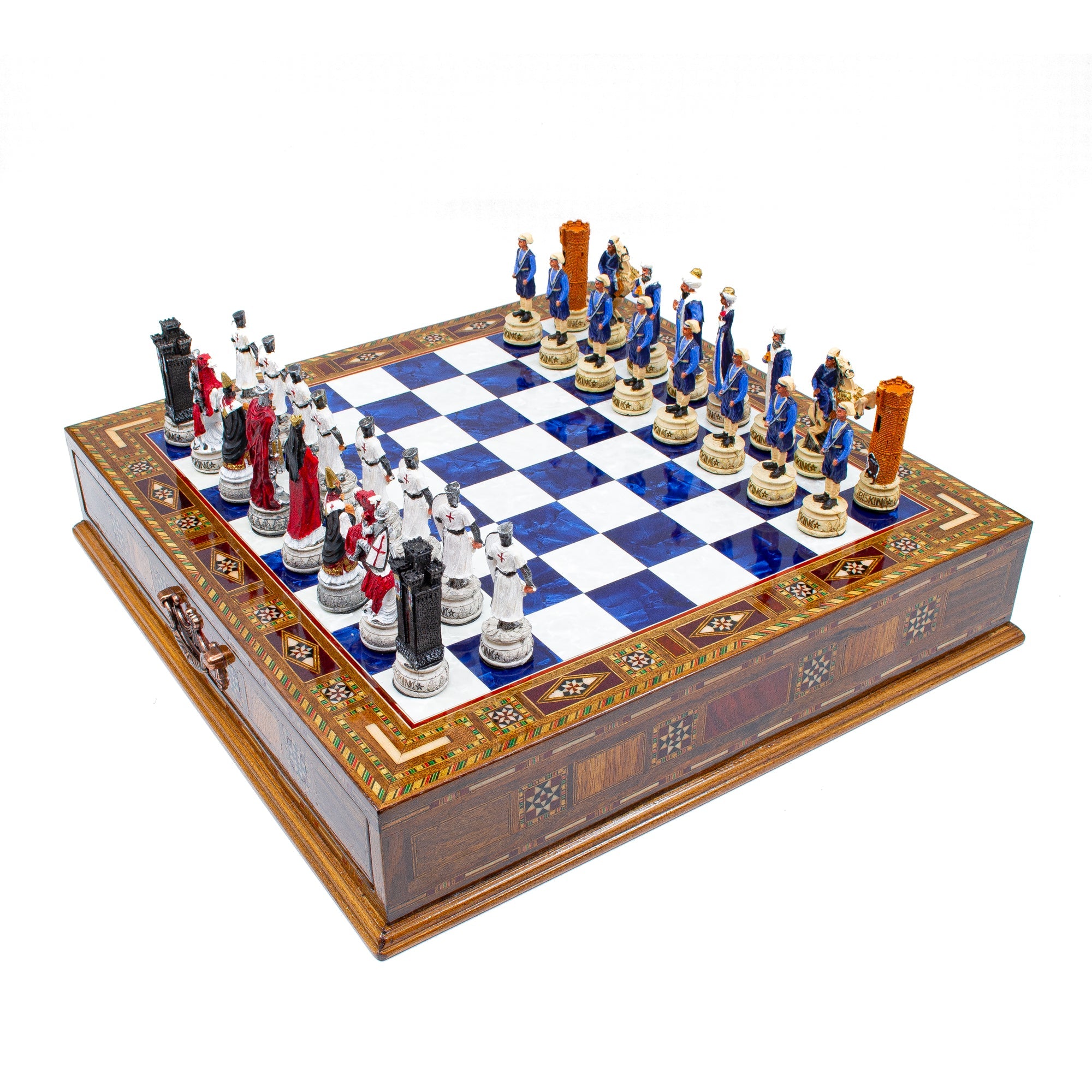
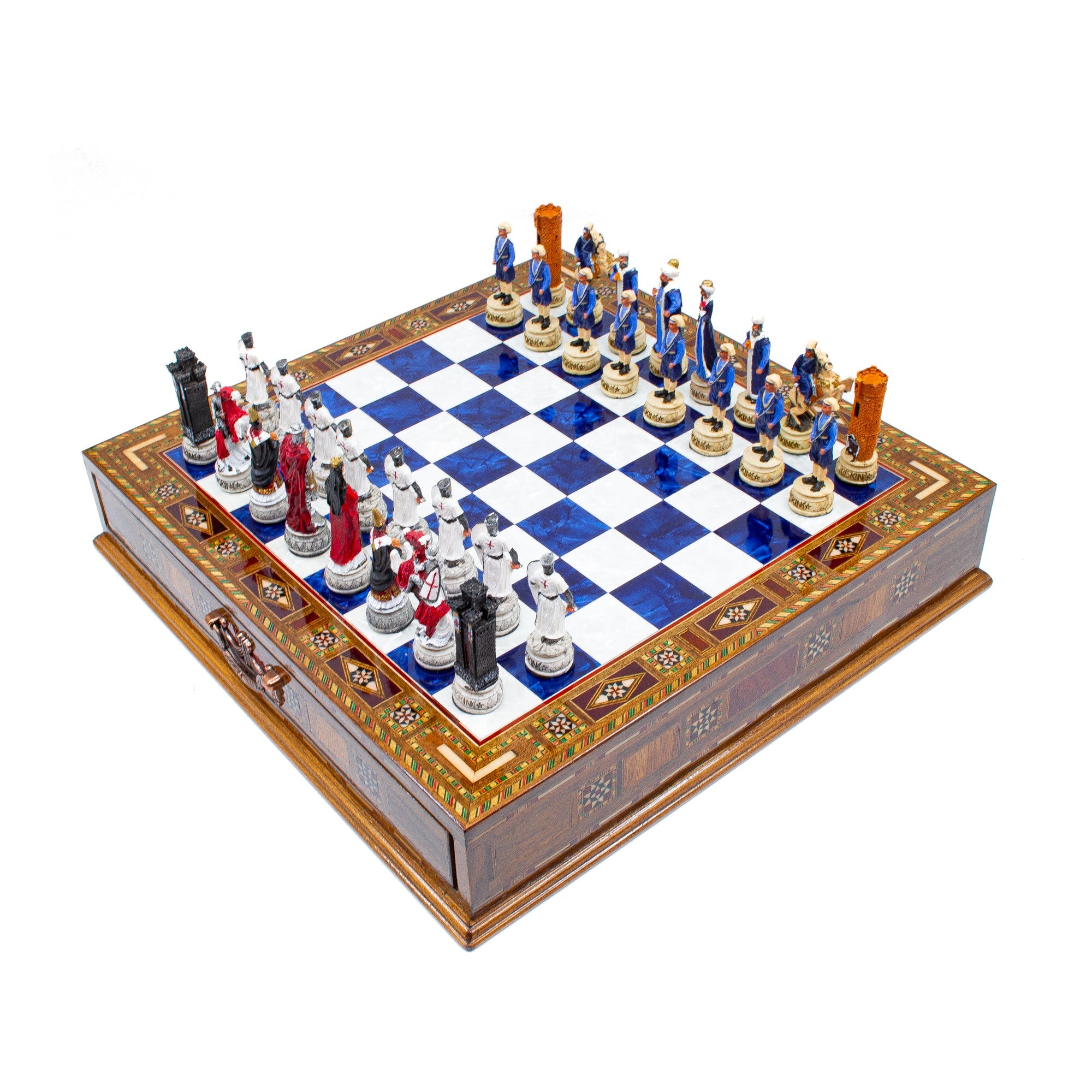
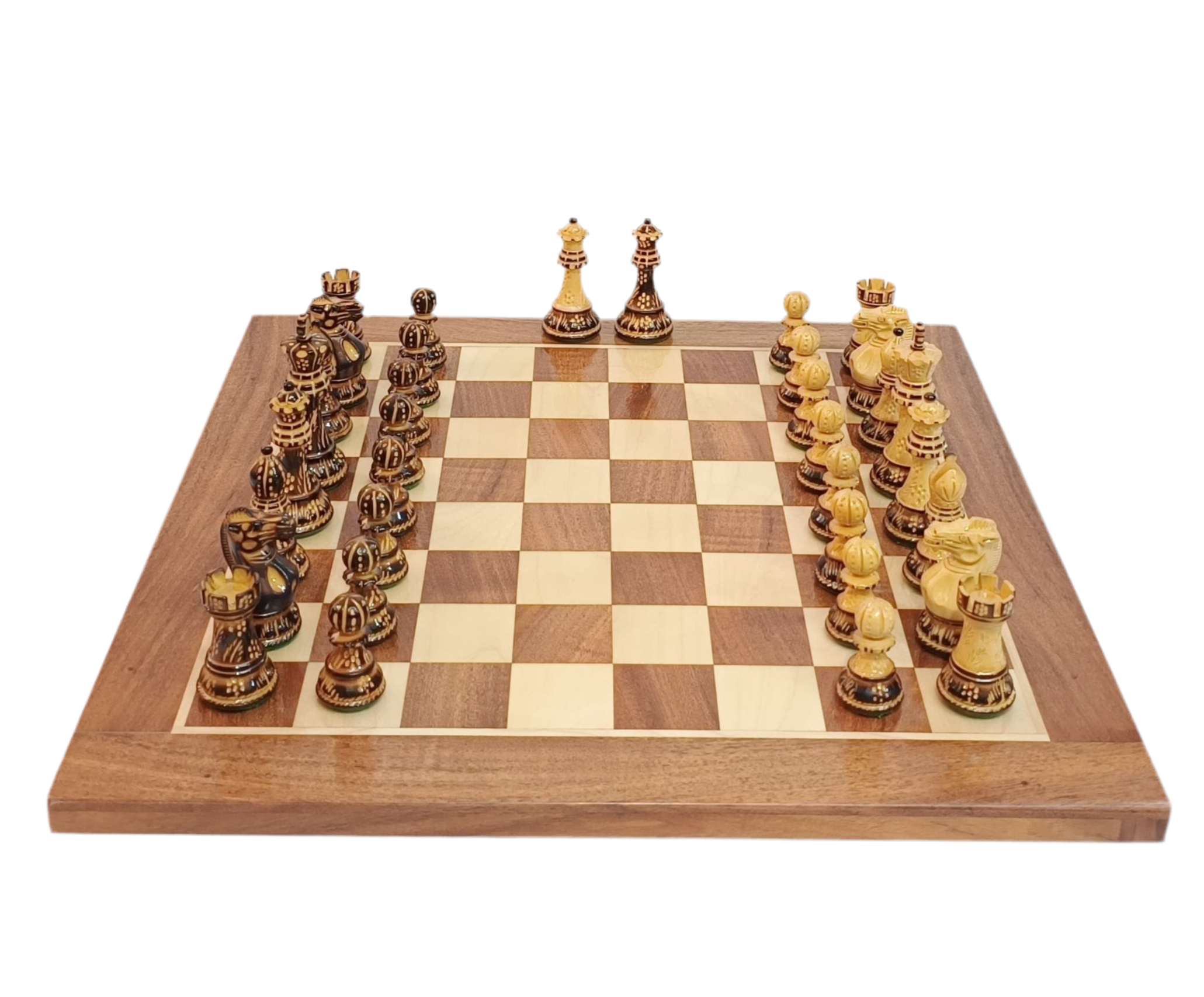
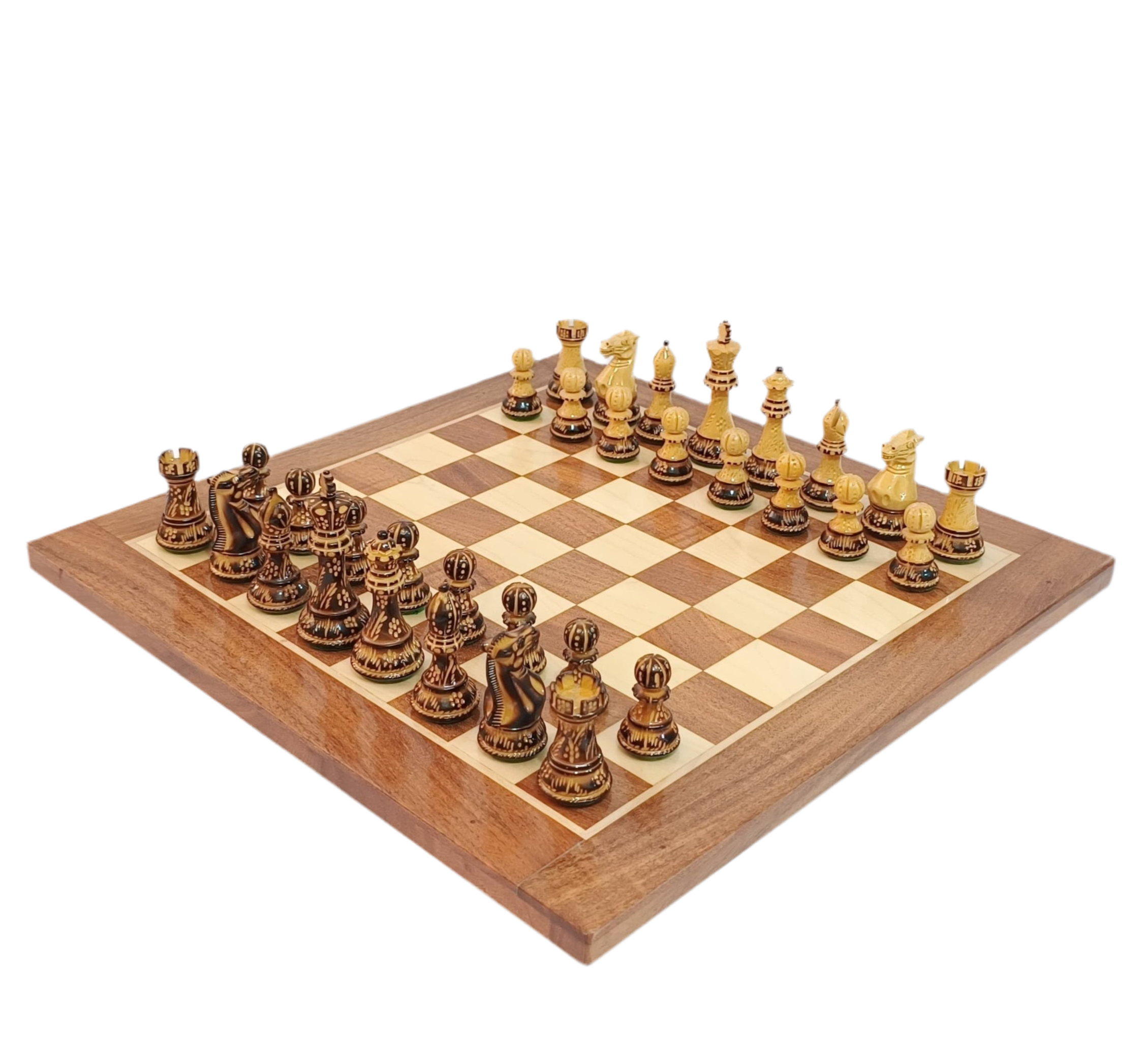
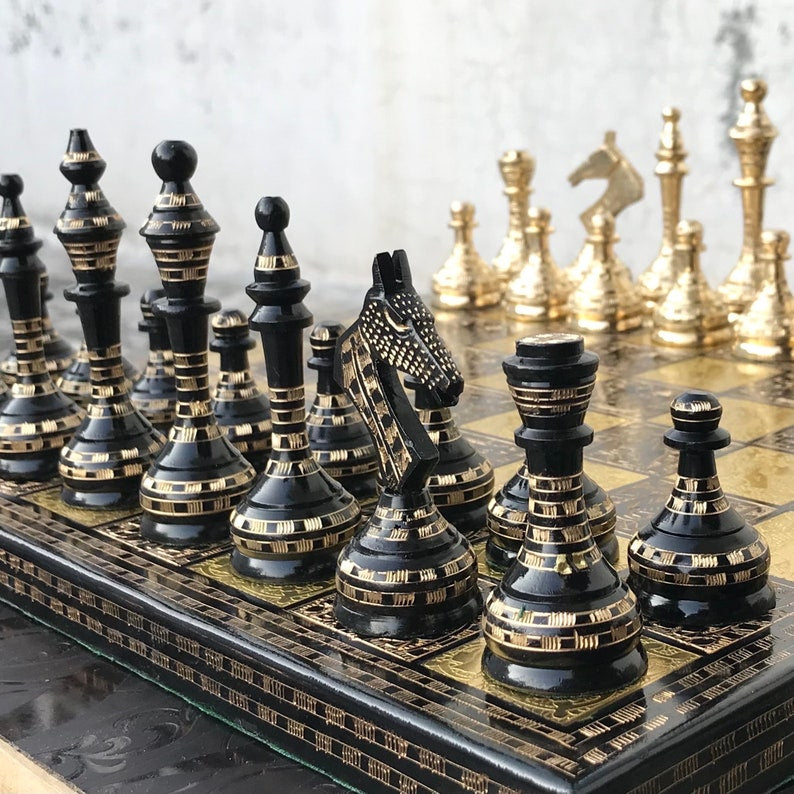
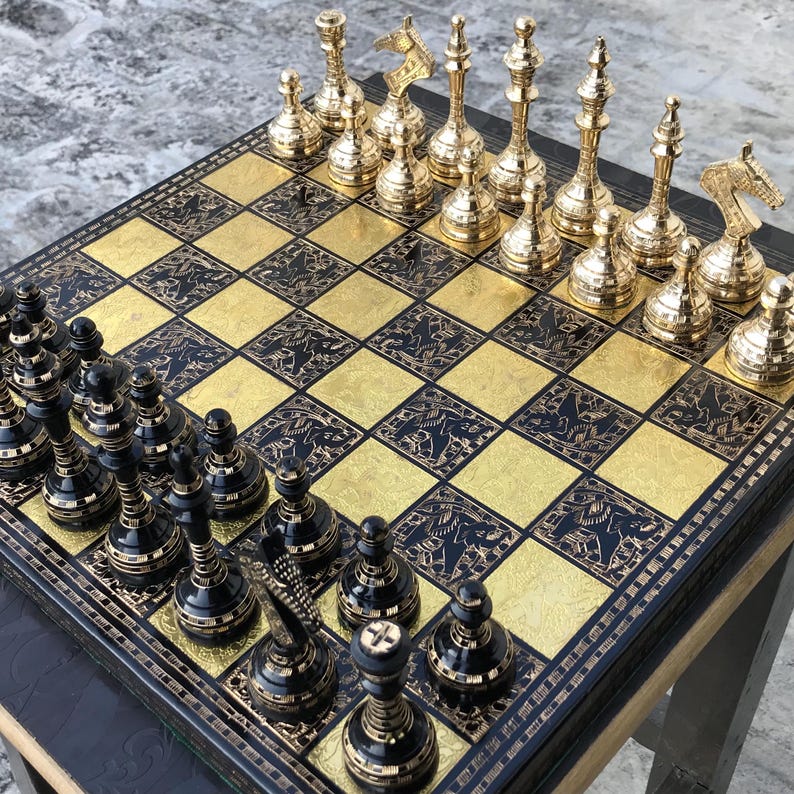


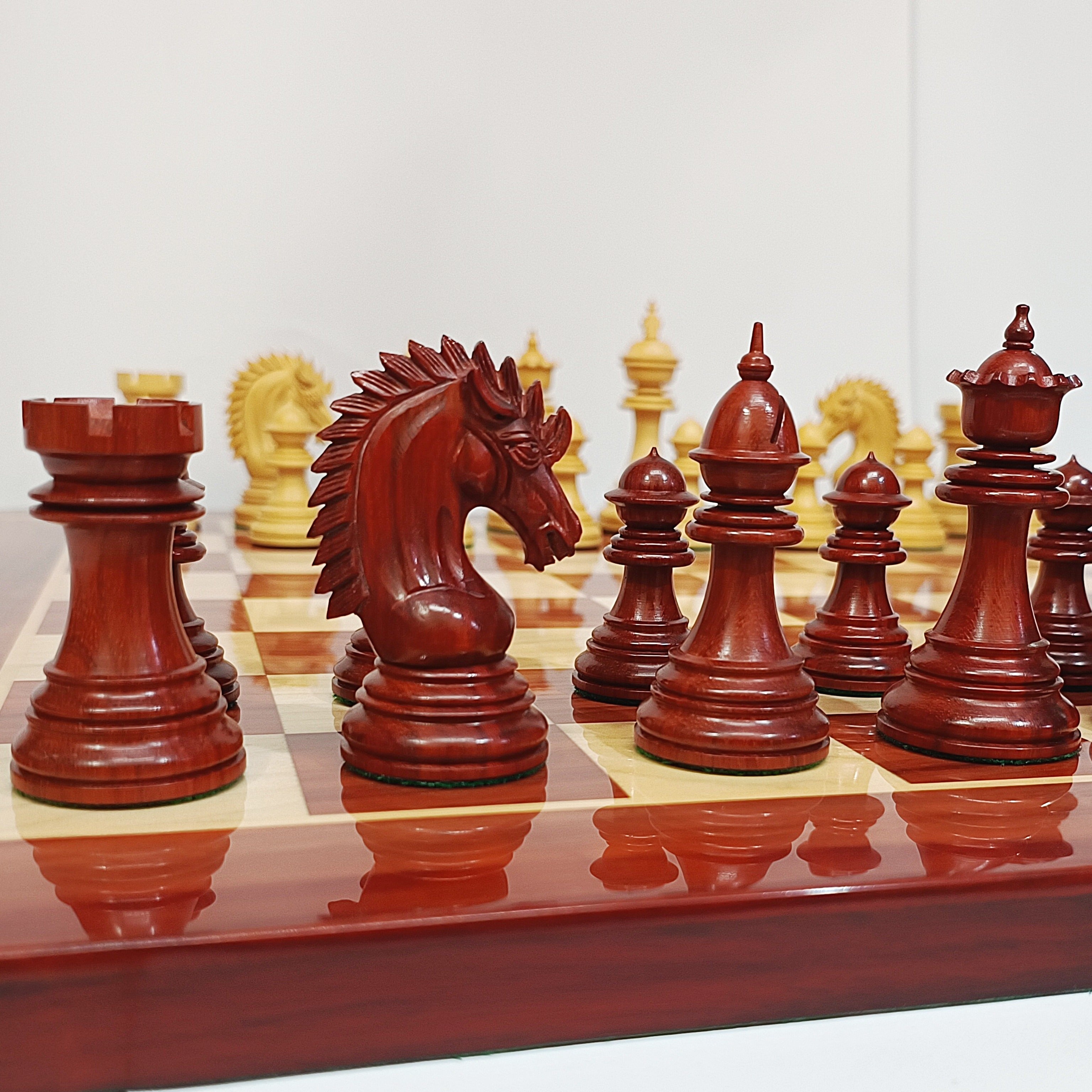
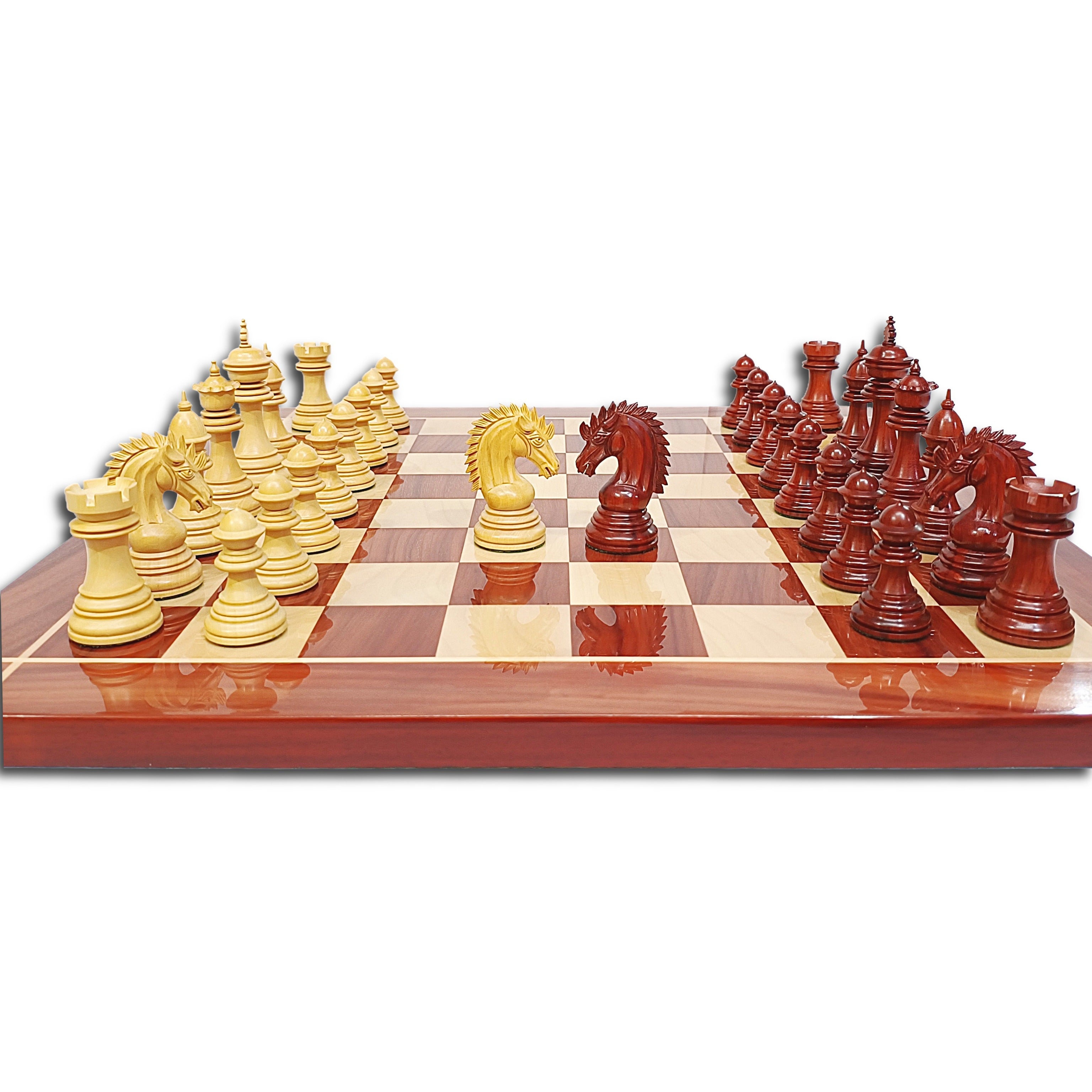

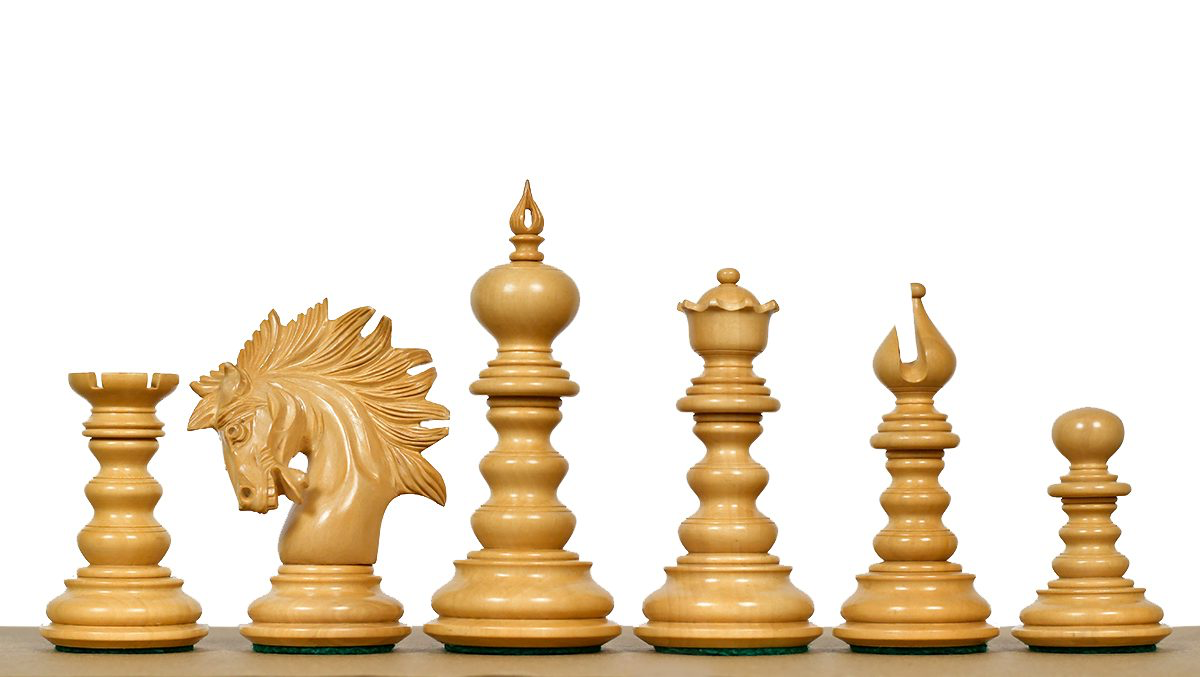
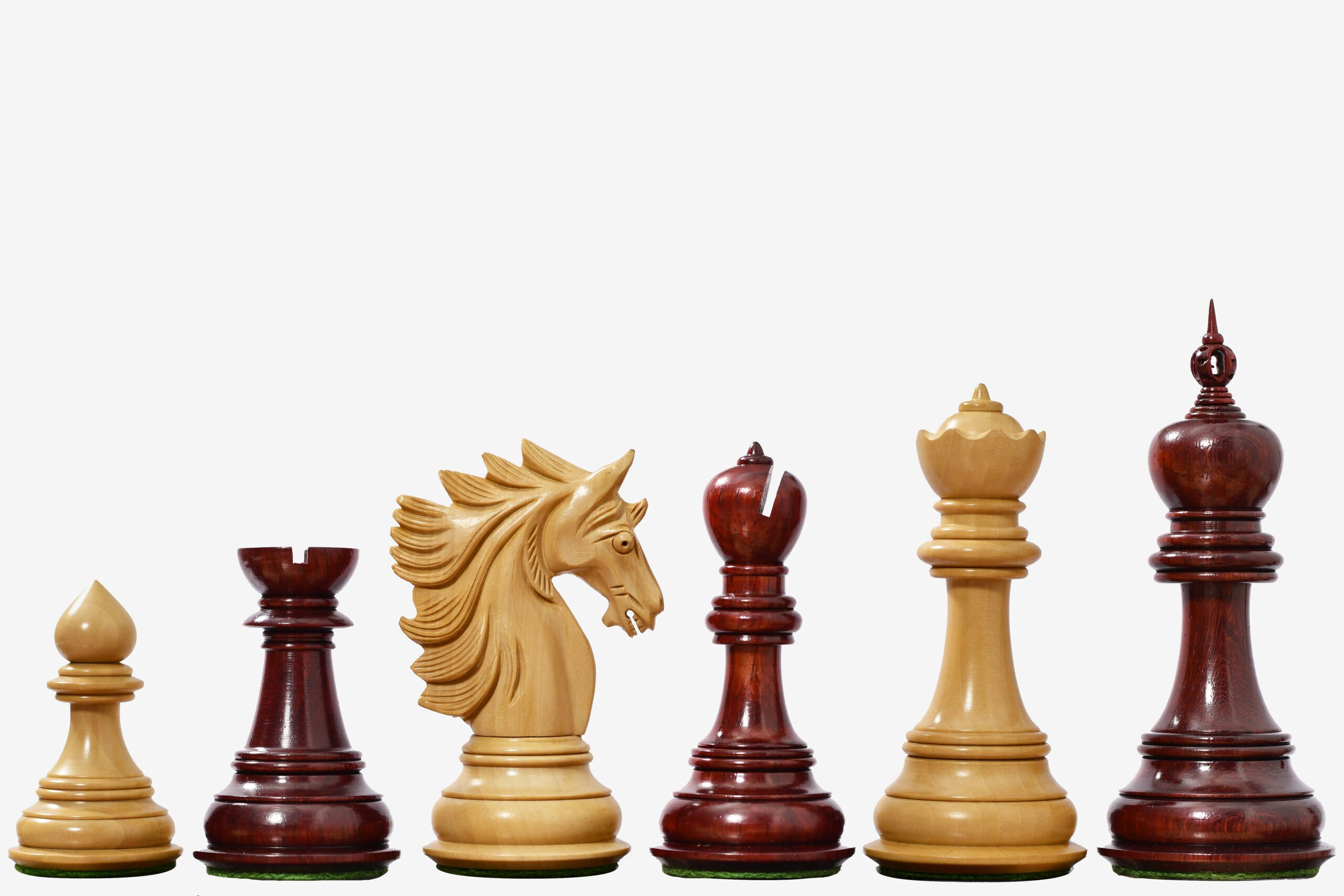
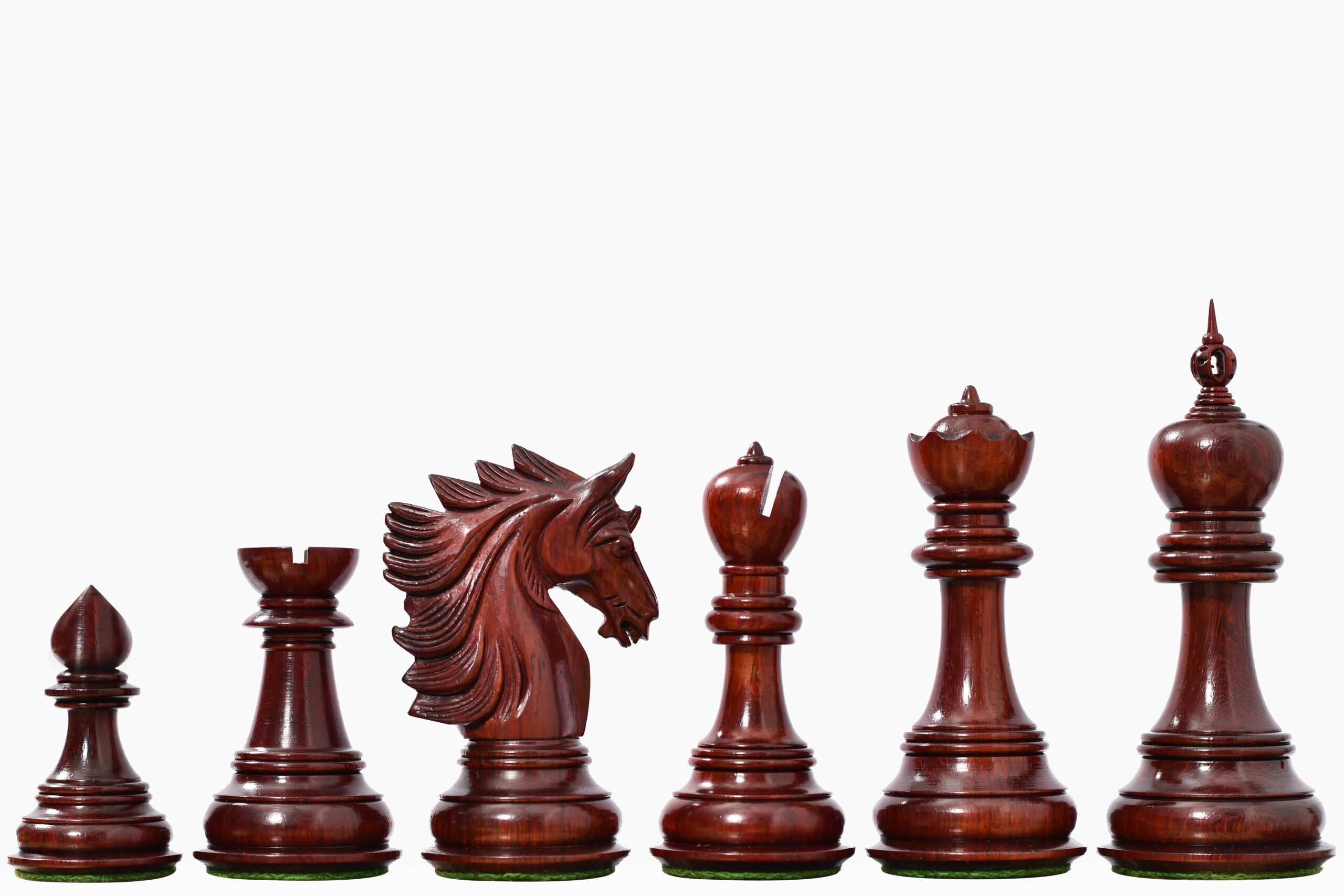
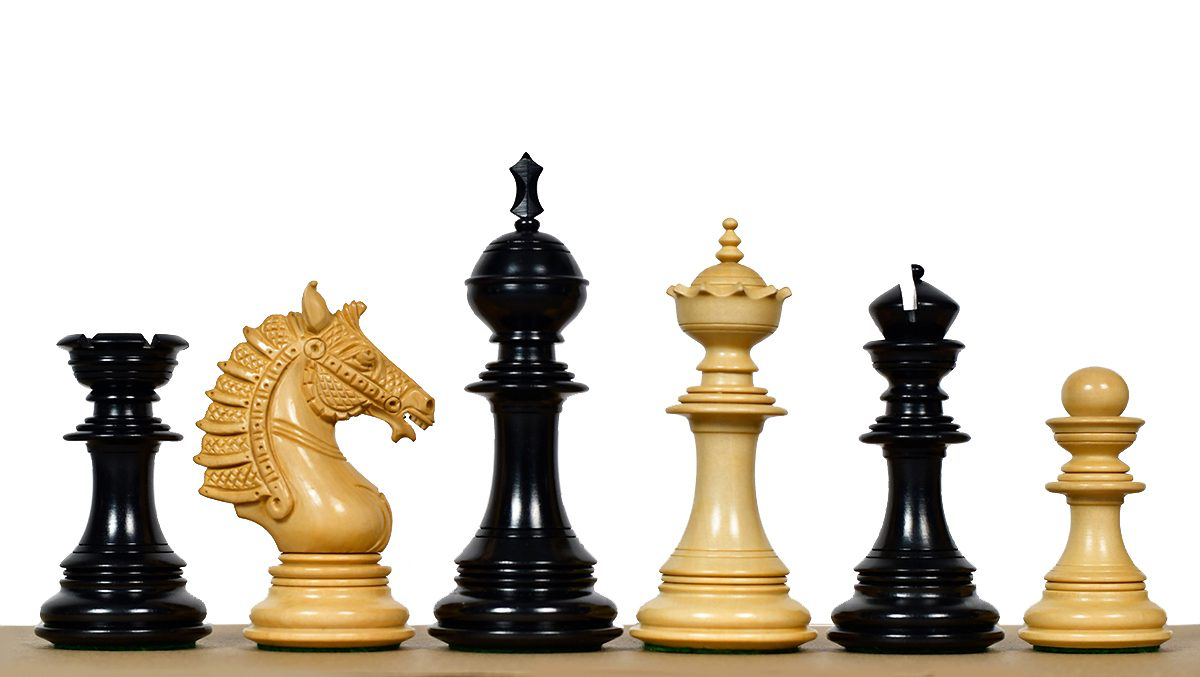
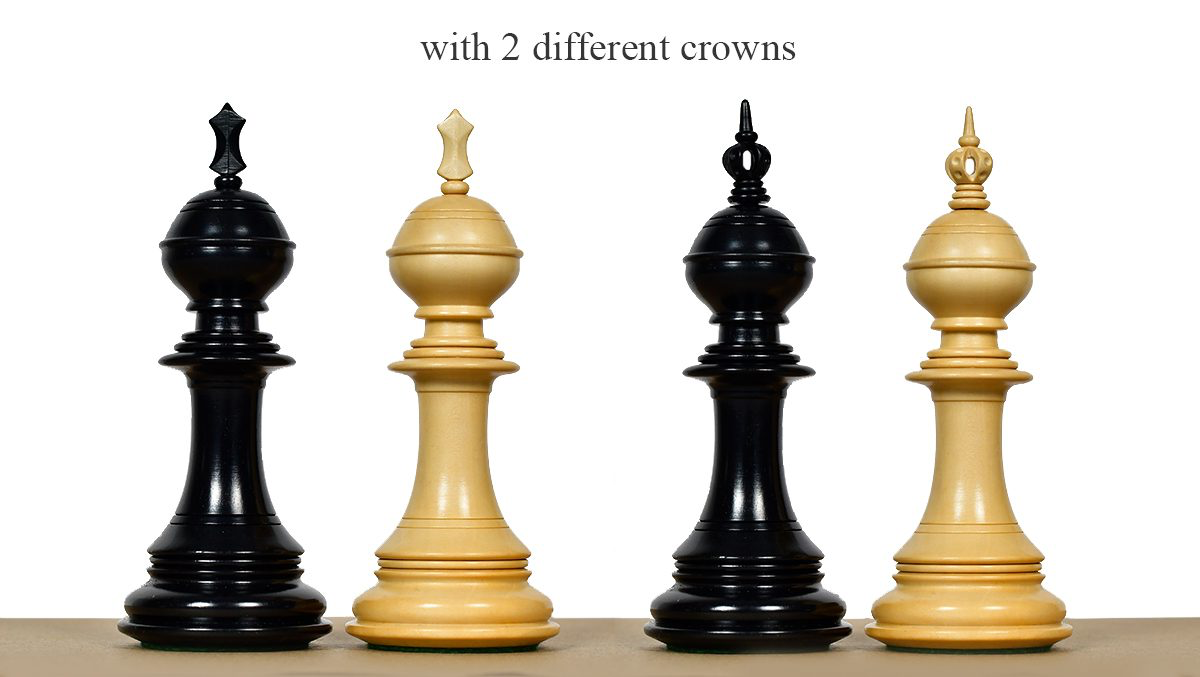
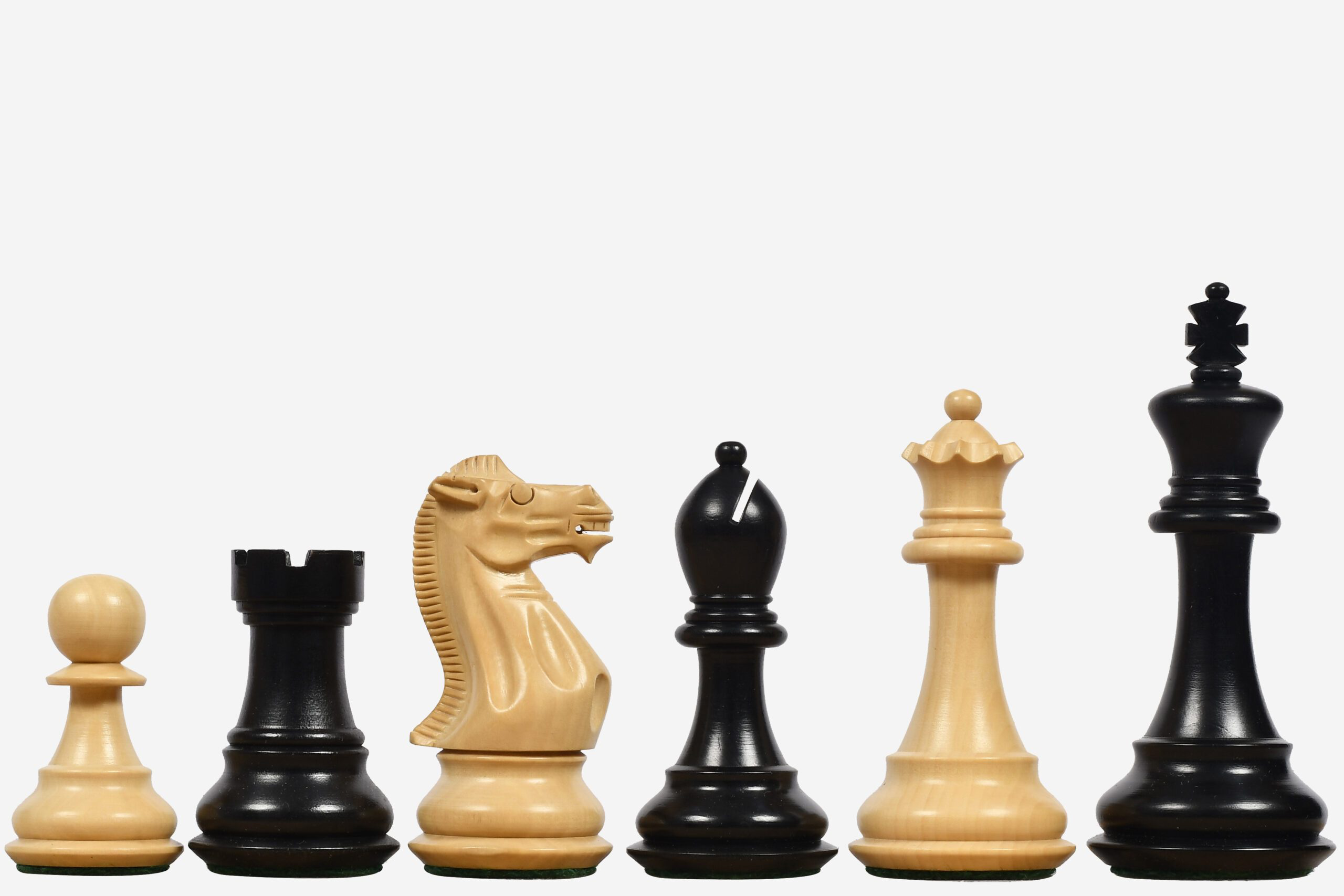
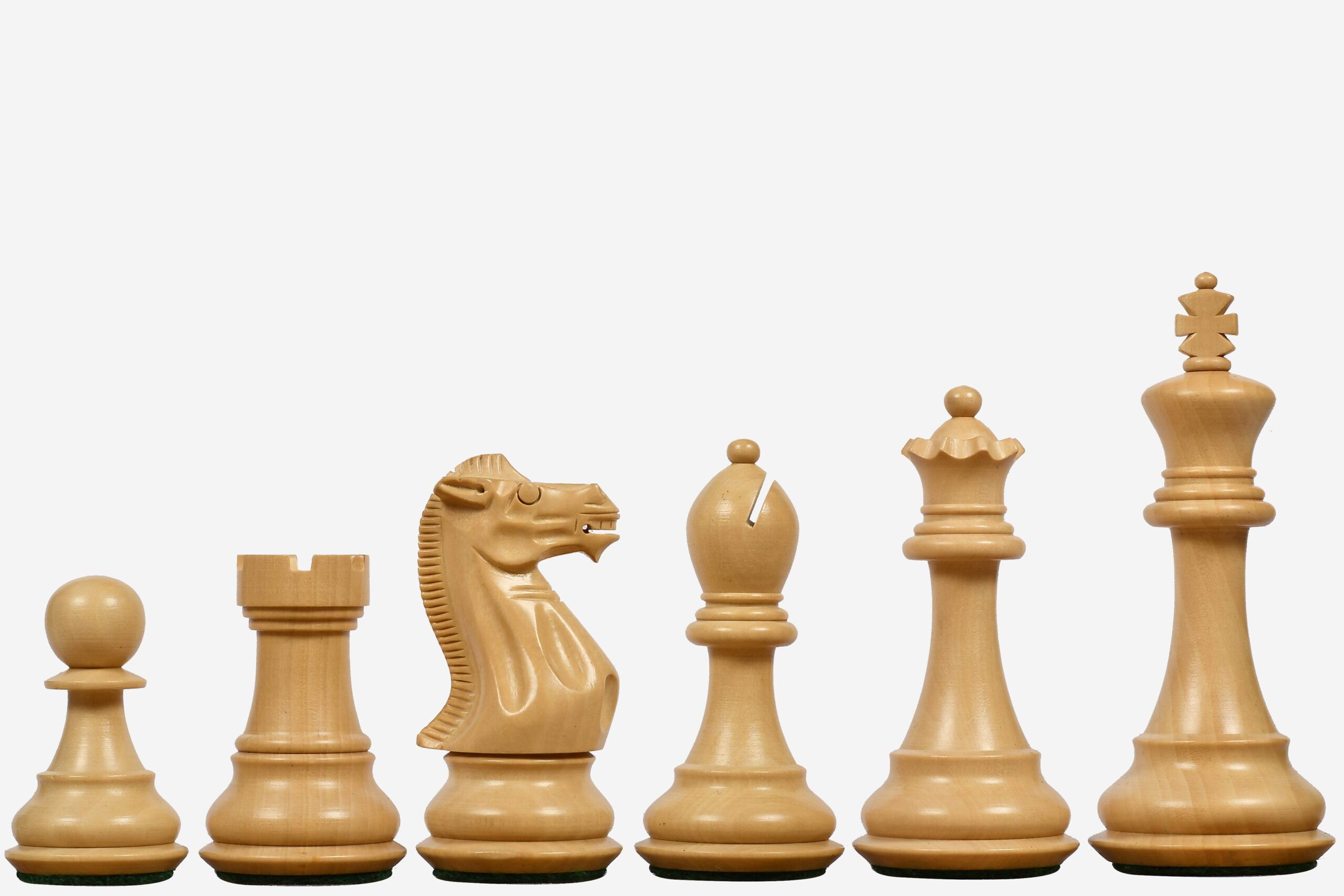
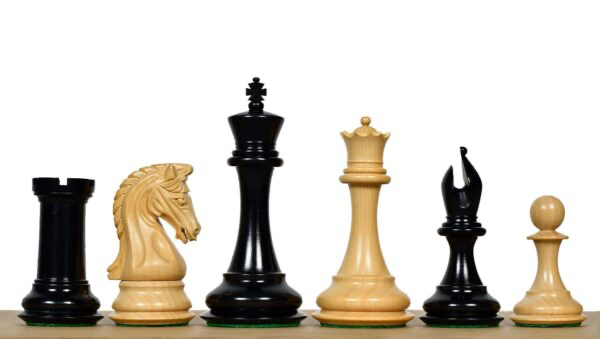
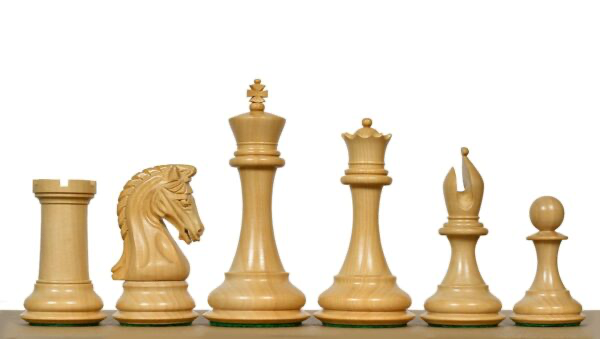
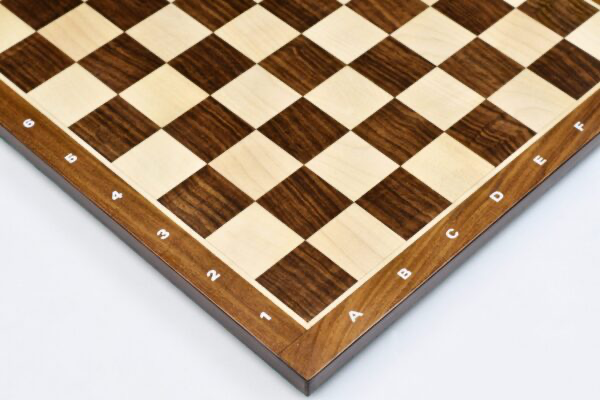
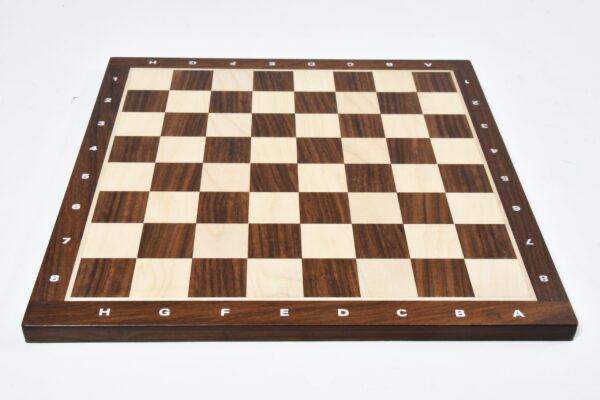
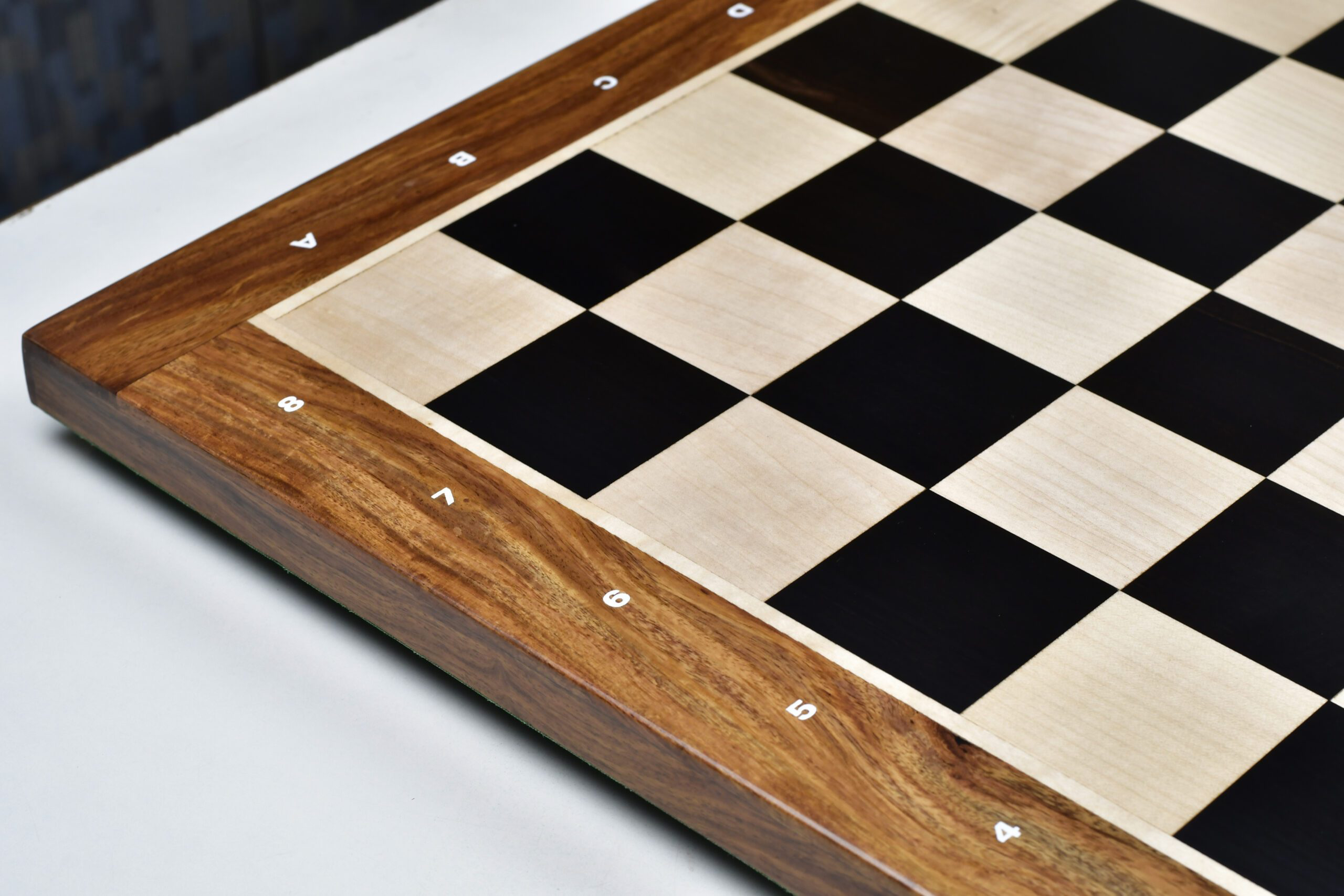
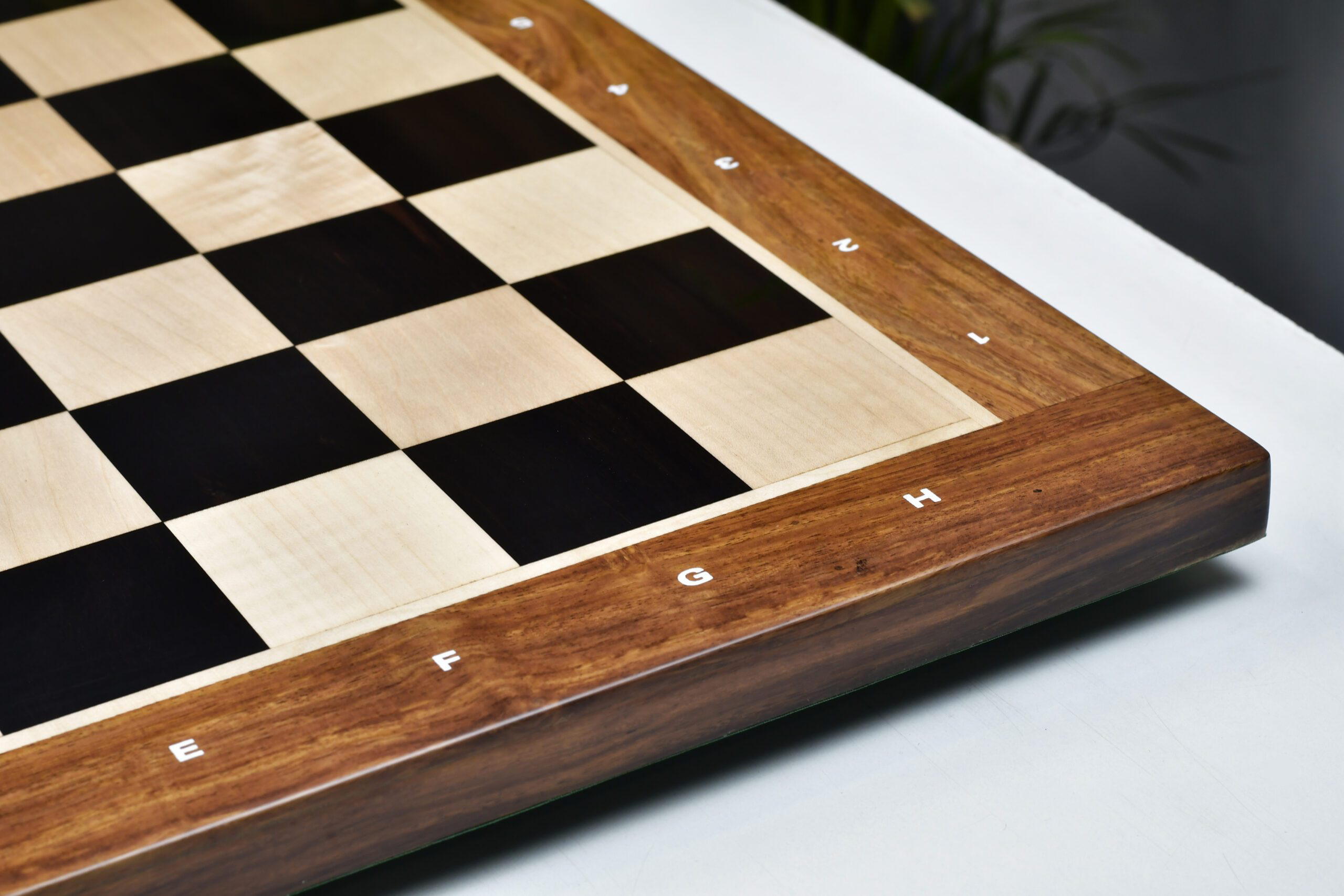


Leave a comment
All comments are moderated before being published.
This site is protected by hCaptcha and the hCaptcha Privacy Policy and Terms of Service apply.